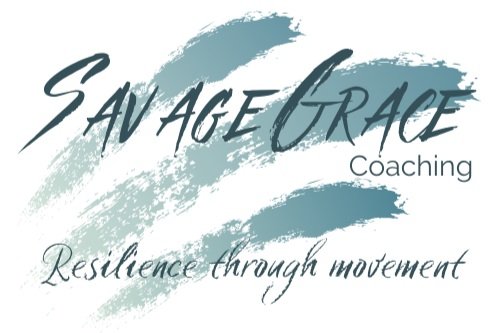
Welcome to The Work IN!
Redefine your subconscious identity pathology
What we don’t want is to become locked into a past version of ourselves that is limited by that past experience. Today I want to focus on the way traumatic events both big T and little t can shape our physical, mental and emotional health and become part of our subconscious identity, an identity pathology, and lock us into the past. So today our Work IN is a conversation about how this happens and how we can start to detangle ourselves from the fixed mindset social sci op of identity pathology by first rediscovering who we really are and then redefining ourselves on our own terms.
Stress: My favorite addiction
Until about the age of 7 we don’t have the ability to reject any ideas or beliefs that we’re exposed to. Our baby brains haven’t developed that kind of filtering yet. So our early years are marinating in the beliefs of our caregivers about who we are and what we’re capable of in this world, what we should and shouldn’t do. By the age of 7 are well and truly programmed with all kinds of micro cultural expectations around health, wealth, education and behavior. For many people that micro culture includes identity pathologies and socially acceptable addictions like food and alcohol but also the emotional energy of stress and over commitment on one side and victimhood on the other. Our Work IN today is how to use the 3 things we’re always trying to let go of in yoga; judgment, expectation and attachment to defy definitions and expand our health beyond what the eyes can see and break our stress addiction.
Hypervigilance: A recipe for socially acceptable addiction
Hypervigilance is a common stress and trauma response where it feels like you’re always on high alert. It’s also one of those things that opens the door to self medicating because when we can’t self regulate our nervous system we often turn to external chemical regulation. Our work IN today is how hypervigilance as a stress response can lead to socially acceptable addiction and natural ways we can self regulate for ourselves and our students.



